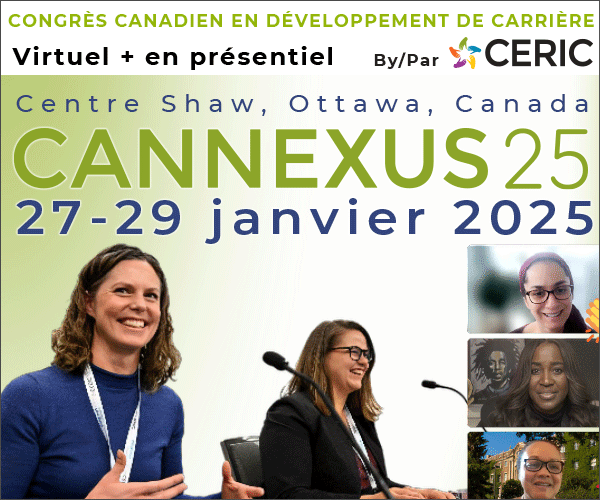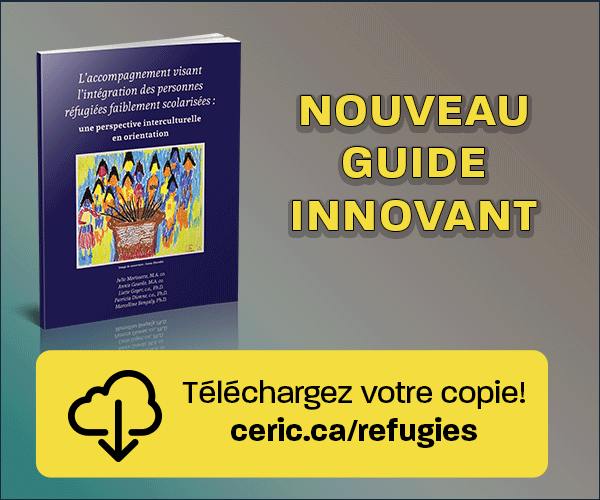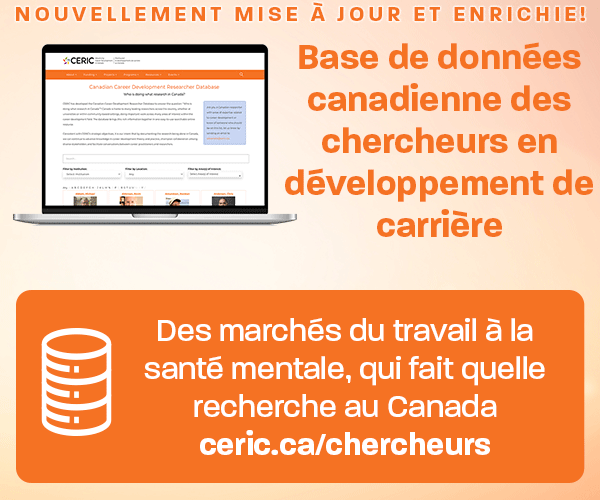Mentorat de carrière des résidents dans un marché de l'emploi concurrentiel
Mentorat de carrière en chirurgie
DOI :
https://doi.org/10.53379/cjcd.2022.343Mots-clés :
Médecine, Emploi dans le secteur de la santé, Chirurgie, Otolaryngologie, MentoratRésumé
Les stagiaires en résidence des programmes canadiens d'oto-rhino-laryngologie et de chirurgie de la tête et du cou (OHNS) ont cité les perspectives d'emploi comme le plus grand facteur de stress auquel ils sont confrontés. L'augmentation du nombre de postes de formation en résidence, combinée à la diminution des possibilités d'emploi, a aggravé la concurrence pour les postes en chirurgie. Le but de cette enquête était d'explorer les lacunes dans la planification de la carrière des résidents et d'examiner comment le leadership peut préparer les résidents diplômés à optimiser leur employabilité.
Onze des 12 participants résidents potentiels ont répondu à l'enquête initiale, sept des 13 chirurgiens du personnel et un responsable administratif. Chacun des groupes de discussion des résidents et du personnel comptait cinq participants. Cette enquête exhaustive a conduit à l'élaboration d'un cadre conceptuel décrivant les domaines de préoccupation importants pour les résidents du SNOH. Les thèmes comprenaient le manque de mentorat professionnel, les limitations systémiques complexes, l'exposition inadéquate à la pratique chirurgicale communautaire et une culture organisationnelle potentiellement étouffante.
Références
Austin, R. E., & Wanzel, K. R. (2015). Supply versus demand: A review of application trends to Canadian surgical training programs. Canadian Journal of Surgery. https://doi.org/10.1503/cjs.006614
Bogdan, R., & Knopp, S. (2003). Qualitative Research for education : An Introduction to Theory and Methods. In Qualitative Research. https://doi.org/10.1177/1468794107085301
Brandt, M. G., Scott, G. M., Doyle, P. C., & Ballagh, R. H. (2014). Otolaryngology - Head and neck surgeon unemployment in Canada: A cross-sectional survey of graduating otolaryngology - Head and neck surgery residents. Journal of Otolaryngology - Head and Neck Surgery. https://doi.org/10.1186/s40463-014-0037-3
Cooper, J. A., Dubois, L., Power, A. H., DeRose, G., MacKenzie, K. S., & Forbes, T. L. (2015). Canadian vascular surgery residents’ perceptions regarding future job opportunities. Vascular. https://doi.org/10.1177/1708538114541112
Department of Economic and Social Affairs. (2015). World population, ageing. United Nations, Population Division. https://doi.org/ST/ESA/SER.A/390
Dunbabin, J. S., & Levitt, L. (2003). Rural origin and rural medical exposure: their impact on the rural and remote medical workforce in Australia. Rural and Remote Health.
Easterbrook, M., Godwin, M., Wilson, R., Hodgetts, G., Brown, G., Pong, R., & Najgebauer, E. (1999). Rural background and clinical rural rotations during medical training: Effect on practice location. CMAJ.
Fréchette, D., Jacob, C., Datta, I., Jacob, C., Shrichand, A., & Hollenberg, D. B. (2013). What’s really behind Canada’s unemployed specialists? Too many, too few doctors? Findings from the Royal College’s employment study., 61. Retrieved from http://www.royalcollege.ca/portal/page/portal/rc/common/documents/policy/employment_report_2013_e.pdf
Iglehart, J. K. (2013). The residency mismatch. New England Journal of Medicine. https://doi.org/10.1056/NEJMp1306445
Mewhort, H. E. M., Quantz, M. A., Hassan, A., Rubens, F. D., Pozeg, Z. I., Perrault, L. P., … Ouzounian, M. (2017). Trainee Perceptions of the Canadian Cardiac Surgery Workforce: A Survey of Canadian Cardiac Surgery Trainees. Canadian Journal of Cardiology. https://doi.org/10.1016/j.cjca.2016.10.012
Morzycki, A., Retrouvey, H., Alhalabi, B., Efanov, J. I., Al-Youha, S., Ahmad, J., & Tang, D. T. (2018). The Canadian plastic surgery workforce analysis: Forecasting future need. Plastic Surgery. https://doi.org/10.1177/2292550318800328
Norton, L. (2018). Action Research in Teaching and Learning. Action Research in Teaching and Learning. https://doi.org/10.4324/9781315147581
Patchen Dellinger, E., Pellegrini, C. A., & Gallagher, T. H. (2017). The aging physician and the medical profession a review. JAMA Surgery. https://doi.org/10.1001/jamasurg.2017.2342
Patel, V. M., Warren, O., Ahmed, K., Humphris, P., Abbasi, S., Ashrafian, H., … Athanasiou, T. (2011). How can we build mentorship in surgeons of the future? ANZ Journal of Surgery. https://doi.org/10.1111/j.1445-2197.2011.05779.x
Rustgi, A. K., & Hecht, G. A. (2011). Mentorship in academic medicine. Gastroenterology. https://doi.org/10.1053/j.gastro.2011.07.024
Satiani, B., & Davis, C. A. (2020). The financial and employment effects of coronavirus disease 2019 on physicians in the United States. Journal of Vascular Surgery, 72(6), 1856–1863. https://doi.org/10.1016/j.jvs.2020.08.031
Silver, M. P., Hamilton, A. D., Biswas, A., & Warrick, N. I. (2016). A systematic review of physician retirement planning. Human Resources for Health. https://doi.org/10.1186/s12960-016-0166-z
Sinclair, P., Fitzgerald, J. E. F., Hornby, S. T., & Shalhoub, J. (2015). Mentorship in surgical training: Current status and a needs assessment for future mentoring programs in surgery. World Journal of Surgery. https://doi.org/10.1007/s00268-014-2774-x
Teman, N. R., Jung, S., & Minter, R. M. (2019). Mentors and Mentoring. In C. M. Pugh & R. S. Sippel (Eds.), Success in Academic Surgery: Developing a Career in Surgical Education (pp. 107–113). Cham: Springer International Publishing. https://doi.org/10.1007/978-3-030-19179-5_11
Zhang, H., Isaac, A., Wright, E. D., Alrajhi, Y., & Seikaly, H. (2017). Formal mentorship in a surgical residency training program: a prospective interventional study. Journal of Otolaryngology - Head and Neck Surgery. https://doi.org/10.1186/s40463-017-0186-2

Téléchargements
Publié-e
Comment citer
Numéro
Rubrique
Licence
(c) Tous droits réservés La Revue canadienne de développement de carrière 2022

Cette œuvre est sous licence Creative Commons Attribution - Pas d'Utilisation Commerciale - Pas de Modification 4.0 International.











